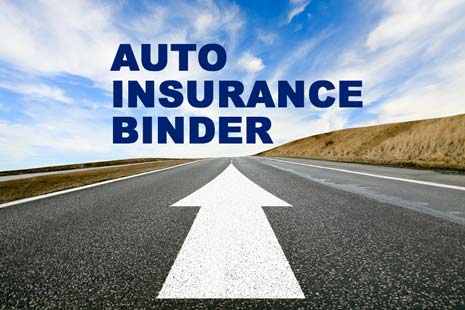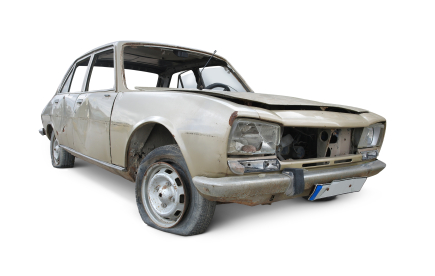Distracted driving leads to hundreds of thousands of car accidents each year and will also lead to higher insurance premiums for you.

Distracted driving is dangerous to you and everyone around you.
You only took your eyes off the road for a few seconds to see who texted you. Next thing you know, you are in a ditch on the side of the road. What happened?
Taking your eyes or mind off of your driving is dangerous not only for you, but for everyone around you. Your car can’t control itself and when you stop controlling it to pay attention to something else you end up in an accident. Distracted driving accidents like this leads to thousands of fatalities a year.
What is Distracted Driving?
Distracted driving is anytime your eyes, hands or mind wander away from concentrating on your driving. The current distracted driving culprit that is under heavy fire is cell phone use. Talking on your cell phone takes away two of the three things you need to driver safely (hands and mind) and if you are texting it takes away all three (hands, mind and eyes). However, cell phone use is not the only source of distracted driving; you can also be distracted by the following:
- Falling asleep at the wheel
- Daydreaming
- Being emotional stressed out
- Changing music
- Talking to passengers
- Grooming (putting on make-up, fixing your hair, flossing your teeth, etc.)
- Eating or drinking
- Reading (maps, directions, books, love letter, etc.)
Why is Distracted Driving Dangerous?
No matter how much you say you can drive and be distracted, the statistics point to the opposite. The flat out reality is that distracted driving causes accidents.
Just in 2009, there were 448,000 people injured in car accidents caused by distracted driving. In addition, there were 5,474 fatalities as well from distracted driving accidents (DISTRACTION.GOV).
Are you against drunk driving, but still feel that distracted driving is not all that bad? A study done by the University of Utah concluded that using a cell phone of any kind while driving will make you react as slow as a driver that has a BAC (blood alcohol limit) of .08. This is the threshold of being legally too drunk to drive, in all states.
Distracted Driving and Your Auto Insurance
Like we have been talking about, distracted driving causes accidents and in most cases they are “at-fault” accidents. At-fault accidents add surcharge points to the record of the distracted driver which leads to an increase in their insurance premium. Get enough of these points and your current insurance company will place you in high risk insurance (with extremely high premiums) or they will cancel your policy because you have become too big of a risk to cover.
Once you have found yourself cancelled for this reason, most other insurance companies will laugh you off of the phone when you call them to try and get new insurance. You will be left with no other option other than “forced placed” insurance.
This field of insurance is where the government “forces” insurance companies to insure drivers that they don’t want to. Accordingly you will be charge so much for this insurance that taking public transit starts to look better and better each month.
As a former underwriter for this field of insurance, it was nothing to see insurance premiums run around $5,000 for 6 months. The highest premium seen was $13,000 for just 6 months of coverage (that’s the price of a new car just for 1 year of insurance coverage).
You may think that I am going overboard here, but in reality whatever you are doing that causes your distracted driving marks you as a dangerous driver and is a habit. A habit is something you do over and over again and can take up to 21 days to stop. So do yourself a favor and start working on ending whatever is causing your distracted driving before you seriously hurt someone and you end up with insanely high auto insurance premiums.





